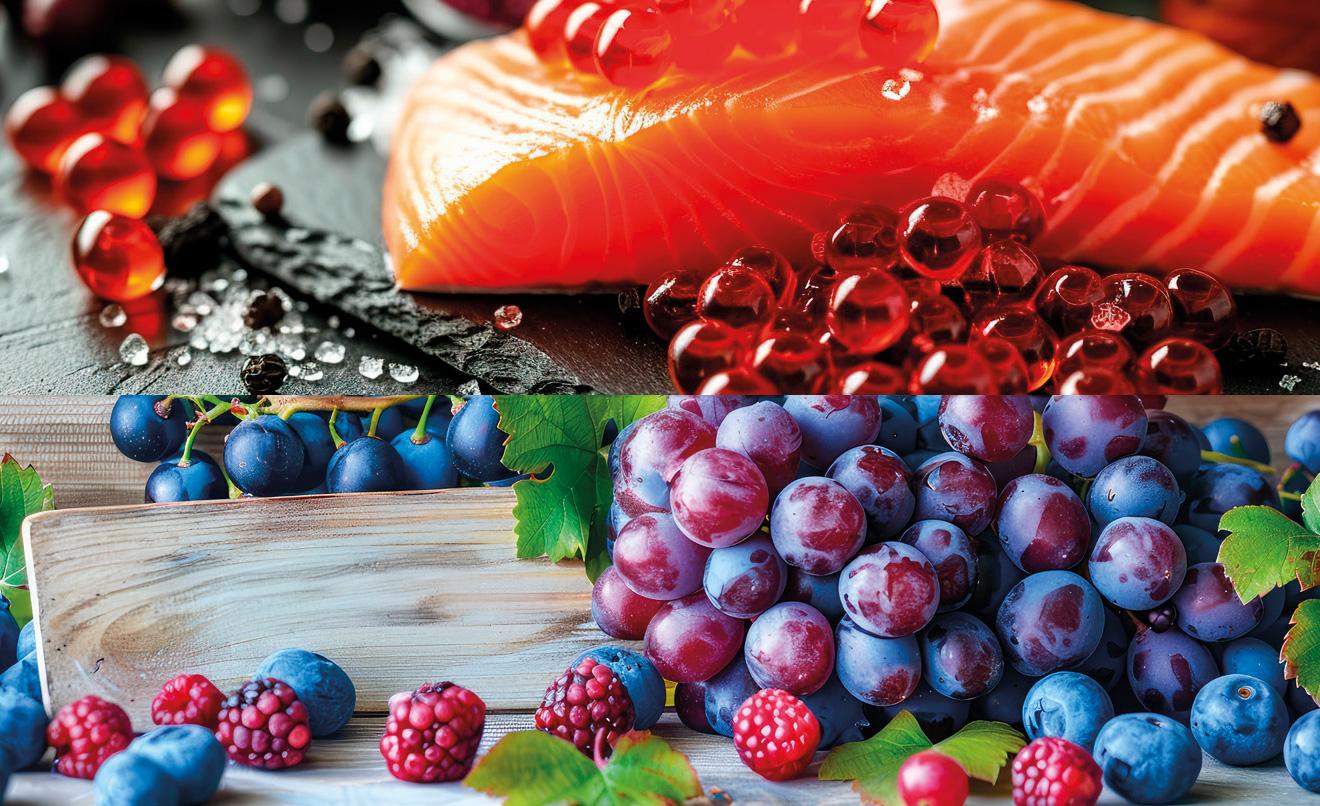
Free radicals
are chemical elements which have lost one electron and are, as a result, very
unstable. In order to stabilize, they steal that electron from other molecules
around them, destabilizing the latter and creating more free radicals. This
causes a chain reaction that affects our health negatively through our lives.
The origin of
free radicals can be endogen, as a result of the normal activity of cells, or
exogen. The latter takes place when the increase in the production of free
radicals is caused by external factors like environmental or food pollution
(pesticides, colourants, etc.), tobacco, alcohol, ultraviolet radiation or
drugs.
The organism
already has its own antioxidant defence like certain proteins or enzymes, but
when it doesn’t have enough antioxidants to neutralize the excess of free
radicals, then that’s the starting point of many chronic degenerative illnesses
like certain types of cancer, dementia, cataract, diabetes, cardiovascular
diseases, etc.
Among the
substances with antioxidant power, two of the stand out: astaxanthin and
resveratrol. But... Which one to choose? What is the difference?
ASTAXANTHIN
WHAT IS IT?
It is a natural
red pigment known as a carotenoid. Its molecular structure is unique and grants
astaxanthin exclusive properties. The structure allows the molecules to be
inserted into the cell membrane and act simultaneously on free radical from the
interior of cells and in the cell membrane itself. In addition, it is efficient
in eliminating one of the most dangerous free radical for cells: singlet
oxygen.
BENEFITS
EYE HELATH
Astaxanthin can pass through the retinal barrier, becoming an excellent eye
protector against macular degeneration. Furthermore, it helps preventing some
problems related to eyesight loss linked to ageing, cataract or glaucoma. It
also contributes to reduce the eye fatigue caused by screens.
SKINCARE
Astaxanthin acts as a kind of natural sun screen, helping to reduce the damages
caused by sun exposure. Also contributes to avoid sunspots in the skin, which
are produced by oxidation processes. It promotes the production of collagen,
which helps in keeping a firmer skin with improved elasticity and less
wrinkles, as well as preventing their apparition.
COOL DOWN PHASE
Astaxanthin has anti-inflammatory properties which help reduce muscle
inflammation after an intense working out or after suffering an injury. If you
some sport, you can take astaxanthin after working out to help the muscle
recuperation process. In addition, it contributes to improve resistance and
decrease fatigue.
WHERE CAN IT
BE FOUND?
DID YOU
KNOW...?
The antioxidant
power of astaxanthin is 65 times higher than that of vitamin C and 14 times
more powerful that vitamin E.
RESVERATROL
WHAT IS IT?
It is a
polyphenolic compound produced by some plants as a defensive response against
external attacks like ultraviolet radiation, fungi or some insects.
BENEFITS
CARDIOVASCULAR
HEALTH It is a good ally to the heart, since it helps reducing inflammation of
blood vessels and improves circulation. Also, it is demonstrated that it
reduces bad cholesterol (LDL) and increases good cholesterol (HDL).
ANTI-AGEIN
Resveratrol is anti-ageing. Thanks to its ability to protect cells against
oxidative damages, it is a good ally to slow cell ageing down. It is also
linked to an improved cognitive function and to the protection of the brain
against neurodegenerative diseases.
ANTI-INFLAMMATORY
Tanks to the anti-inflammatory properties, it helps prevent the apparition and
symptoms of chronic illnesses arthritis or some autoimmune
diseases.
WHERE CAN IT
BE FOUND?
DID YOU
KNOW...?
The interest on
resveratrol took off while trying to explain the “French paradox”, which is
about the low incidence of cardiovascular diseases in the French population
despite following a high-fat diet (butter, meat...) and with a high consumption
of wine.